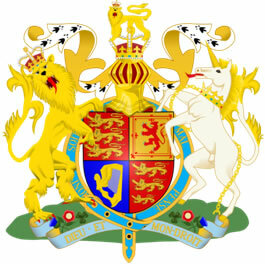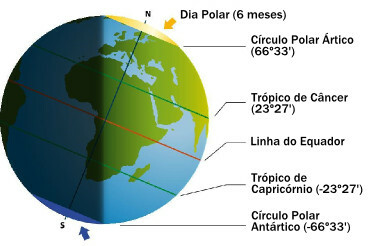THE lithosphere it is the Earth's layer that makes up its solid surface. It is the thinnest layer on the planet, being considered a kind of “shell” in the world. It has a depth that varies between 5 and 100 km, corresponding to 2.4% of the radius of the Earth's sphere.
The term “lithosphere” arises from the division of the Earth into layers that are segmented based on its physical state. Below it is the asthenosphere, characterized by its higher temperatures, which facilitates the process of physical transformation of the rocks, making them more “plastic”. Unlike this layer, the lithosphere has lower temperatures, as it is farther away from the Earth's core, which allows for the characterization of its rigidity and resistance.
The lithosphere is basically composed of rocks and minerals. Thus, what we call soil is nothing more than the decomposition of these rocks through the sedimentation process.
Despite its small depth, this layer took a few billion years to form, such that it continues to change, establishing itself on two fronts. On the one hand, there are those transformations caused by external or exogenous elements, such as the action of winds, water, sun and beings, providing the occurrence of phenomena such as sedimentation, erosion and weathering. On the other hand, there are those transformations caused by internal or endogenous elements, such as tectonism and volcanic activities.
Do not stop now... There's more after the advertising ;)
It is known that this layer is not fully interconnected, that is, it is divided into different parts, what we call the tectonic plates. Contacts and friction between two plates can cause phenomena such as earthquakes and volcanism to occur, in addition to the transformation of the relief.
Understanding the dynamics of the lithosphere, as well as its characteristics and composition, is extremely important, as human activities take place on it.
By Rodolfo Alves Pena
Graduated in Geography
Would you like to reference this text in a school or academic work? Look:
PENA, Rodolfo F. Alves. "Lithosphere"; Brazil School. Available in: https://brasilescola.uol.com.br/geografia/litosfera.htm. Accessed on July 27, 2021.
Check the alternative that correctly expresses the difference and relationship between rocks and minerals:
a) The agglutination of sediments originates rocks which, in turn, can form different types of minerals.
b) Rocks are solid natural elements with different physicochemical properties; Minerals are aggregates of different rocks that come together homogeneously.
c) Minerals make up rocks, giving rise to different rock types that vary according to the composition and types of these minerals.
From a geological point of view, the central-eastern part of the map can be characterized by:
a) areas that are within the active orogenic bands.
b) areas that present a very unstable geological foundation.
c) areas that lie outside the active orogenic bands.
d) areas that are subject to an intense tectonic process at present.


